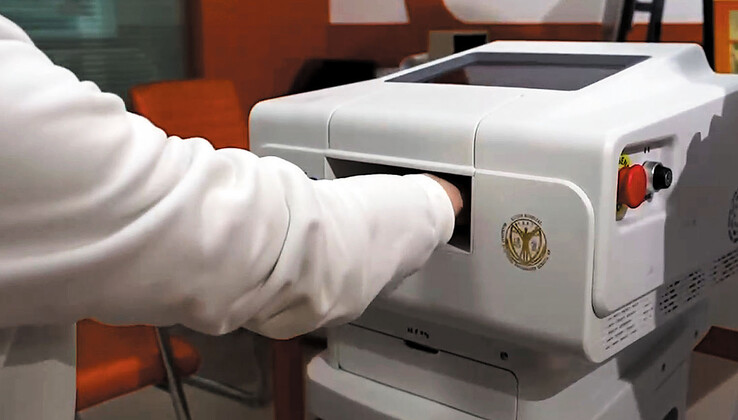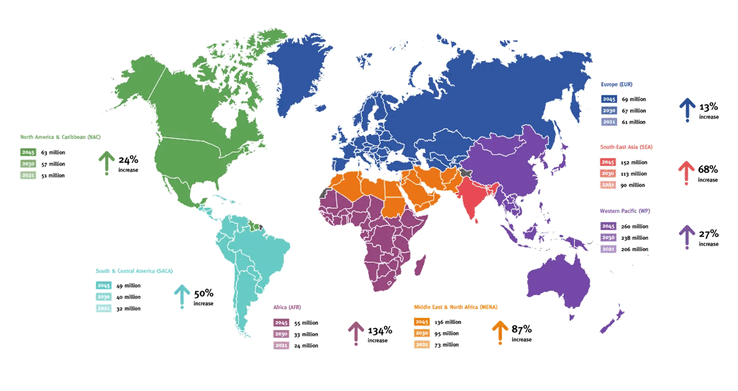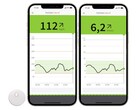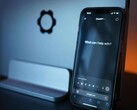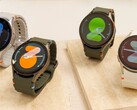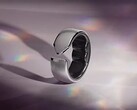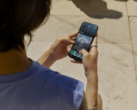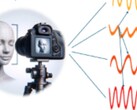Information about a new non-invasive blood glucose monitor has appeared in the China Daily (Hong Kong), while a research paper about a study concerning this device has also been sent to Springer Nature for peer review. It seems researchers at Ruijin Hospital in Shanghai have developed a machine that can monitor blood glucose levels within the boundaries of an acceptable mean absolute relative difference (MARD). MARD is important in blood glucose management as it demands a certain level of accuracy in regard to measurement results.
According to the research team, their non-invasive blood glucose monitoring device managed a relative difference of 14.6% in comparative measurements taken non-invasively and invasively (samples taken from veins). The international standard for blood glucose monitoring systems (ISO 15197:2013) states that a system is “sufficiently accurate” if it is within 15% difference. The Chinese team’s unnamed unit also allegedly offered non-invasive measurement results that were 99.4% “clinically acceptable”. These promising results came from a second study that involved 230 people, 200 with diabetes and 30 without.
Diabetes type 1 and type 2 affected over 10% (537 million people) of the global adult population in 2021 with an estimated 783 million people potentially suffering with the disease by 2045. Constant finger pricking for blood sugar measurements is an unpleasant aspect of diabetes management, with some patients having to carry out finger prick testing up to 10 times a day. The non-invasive blood glucose monitor used by the team in Shanghai only requires the patient to insert their hand while detailed information is extracted painlessly via depth-selective spectral imaging.
Source(s)
China Daily (HK) & Nature & PubMed Central & IDF





